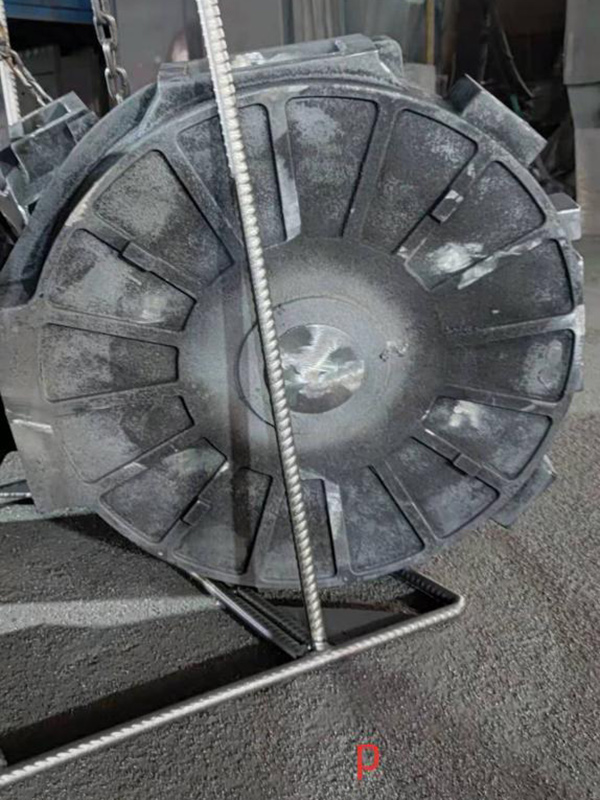3D Printing for Sand Casting Revolutionizing the Manufacturing Process
As industries continually seek innovative techniques to enhance production efficiency and reduce costs, the marriage of 3D printing and sand casting has emerged as a groundbreaking solution. This combination not only streamlines the manufacturing process but also enhances design capabilities, allowing for more complex geometries and reducing material waste.
3D Printing for Sand Casting Revolutionizing the Manufacturing Process
Enter 3D printing—a technology that has transformed various sectors by enabling rapid prototyping and production. The integration of 3D printing into sand casting processes allows for creating highly accurate and intricate patterns directly from digital files. This shift dramatically reduces the time needed to produce molds, as traditional tooling methods are replaced by additively manufactured patterns. This not only accelerates development cycles but also allows for greater design flexibility, enabling engineers to experiment with more sophisticated geometries that were previously difficult or impossible to achieve.
3d printing for sand casting

Moreover, 3D printing can significantly minimize material waste. Traditional methods often involve over-manufacturing patterns or producing large amounts of scrap metal due to excess grooving or machining. In contrast, 3D-printed sand molds can be tailored to the exact specifications of the design, ensuring that only the necessary material is used. This sustainability aspect is becoming increasingly crucial as industries strive to reduce their carbon footprint.
Additionally, the combination of 3D printing and sand casting enhances the potential for customization in various applications, from automotive components to artistic installations. This flexibility allows businesses to respond faster to market demands and tailor products to specific customer needs without incurring excessive costs or delays.
In conclusion, the integration of 3D printing technology into the sand casting process represents a significant advancement in manufacturing. By reducing lead times, minimizing waste, and improving design capabilities, this innovative approach stands to revolutionize the way industries create andproduce metal parts. As the technology continues to evolve, its applications are set to expand, paving the way for more efficient and sustainable manufacturing practices in the future.
Post time:Oct . 30, 2024 13:58
Next:golden sands development
